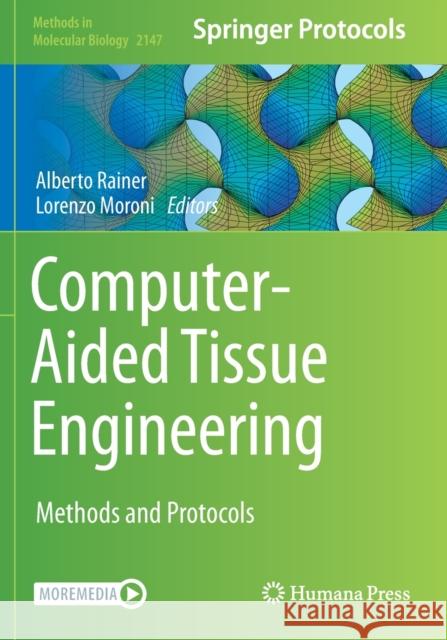Computer-Aided Tissue Engineering: Methods and Protocols » książka
topmenu
Computer-Aided Tissue Engineering: Methods and Protocols
ISBN-13: 9781071606131 / Angielski / Miękka / 2021 / 188 str.
Computer-Aided Tissue Engineering: Methods and Protocols
ISBN-13: 9781071606131 / Angielski / Miękka / 2021 / 188 str.
cena 402,53
(netto: 383,36 VAT: 5%)
Najniższa cena z 30 dni: 385,52
(netto: 383,36 VAT: 5%)
Najniższa cena z 30 dni: 385,52
Termin realizacji zamówienia:
ok. 22 dni roboczych
Dostawa w 2026 r.
ok. 22 dni roboczych
Dostawa w 2026 r.
Darmowa dostawa!
Kategorie:
Kategorie BISAC:
Wydawca:
Humana
Seria wydawnicza:
Język:
Angielski
ISBN-13:
9781071606131
Rok wydania:
2021
Wydanie:
2021
Numer serii:
000014950
Ilość stron:
188
Oprawa:
Miękka
Wolumenów:
01
Dodatkowe informacje:
Wydanie ilustrowane











